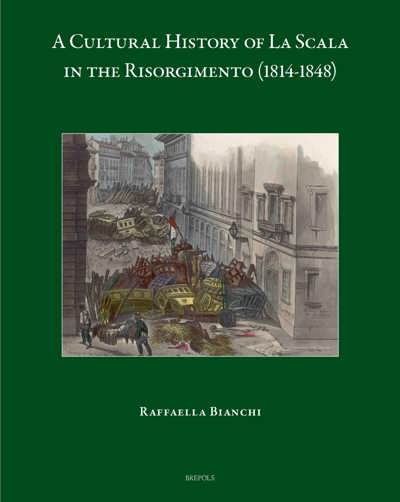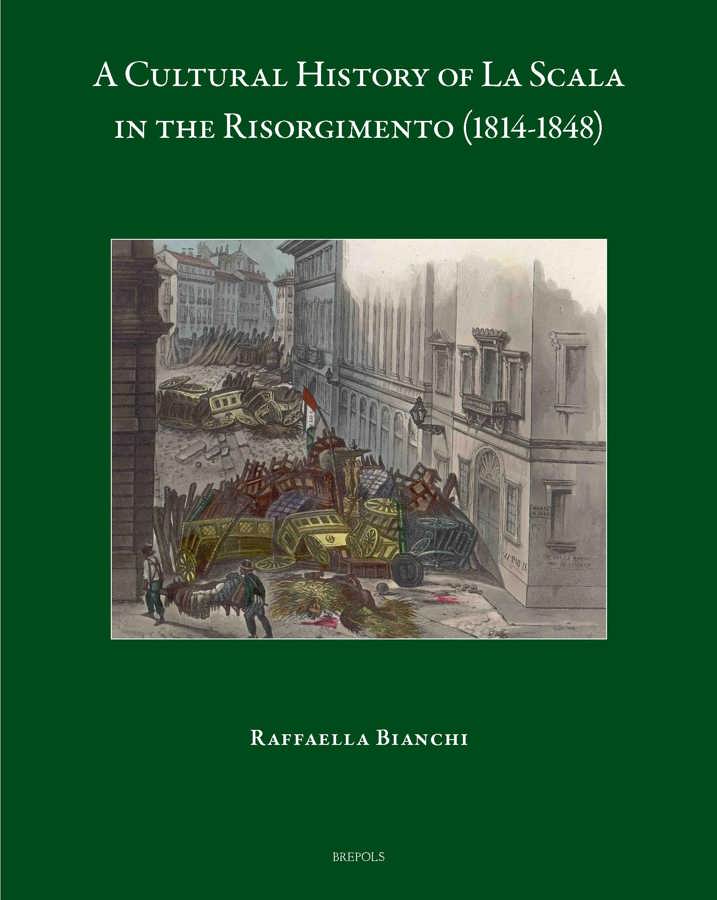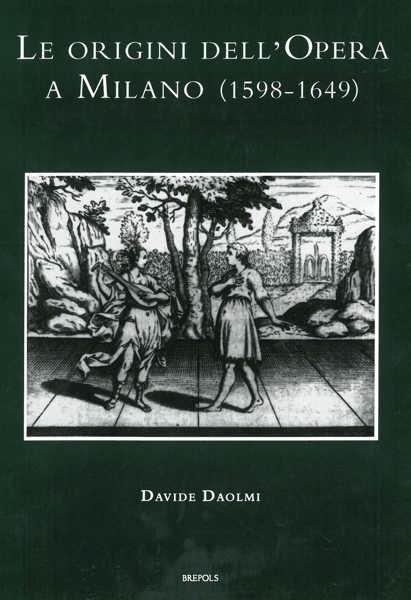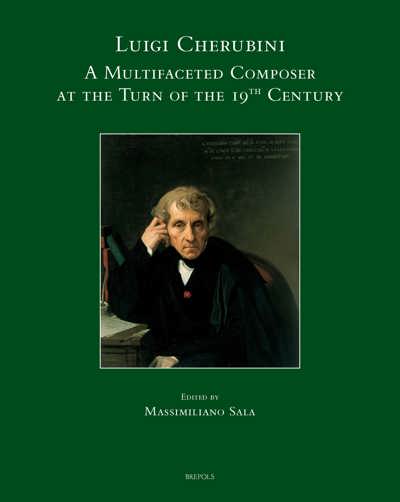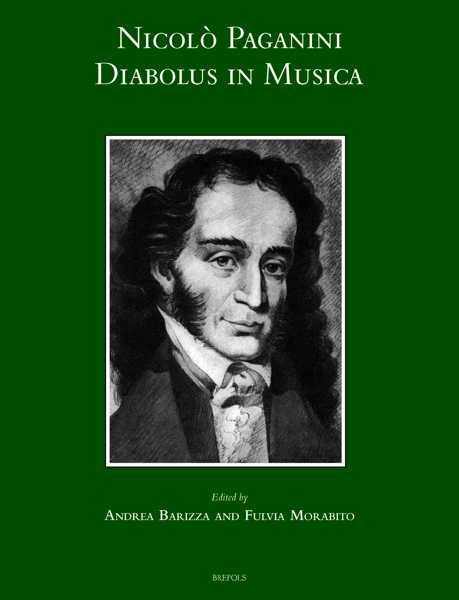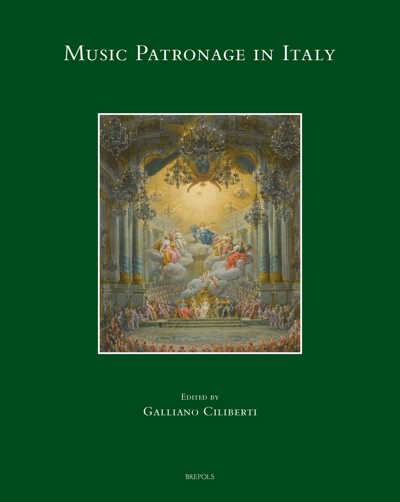
A Cultural History of La Scala in the Risorgimento (1814-1848)
Raffaella Bianchi
- Pages: xxix + 320 p.
- Size:210 x 270 mm
- Illustrations:199 b/w
- Language(s):English
- Publication Year:2022
- € 120,00 EXCL. VAT RETAIL PRICE
- ISBN: 978-2-503-60244-8
- Hardback
- Available
The book explores the world of Milan's Teatro alla Scala during the «Risorgimento»
“This outstanding research paves the path to future studies that would complete these inspiring conclusions inquiring about Opera, ideology and politics through the whole catalogue of operas and ballets premiered in La Scala and other Milanese theatres during the exciting historical process of Risorgimento.” (María Encina Cortizo, in Ad Parnassum, XXI/41, 2023, p. 105-106)
Raffaella Bianchi is a interdisciplinary historian who researches the interplay of music and politics, primarily through cultural studies and history approaches. After writing her PhD at Loughborough University she was appointed Associate Professor of European History in Istanbul. Currently she is involved in a project of public history in Milan. Her articles on opera, gender and the relevance of music for social movements have been published in academic journals like «Popular Music» and «The European Legacy».
This study of the La Scala opera house uses the approaches of cultural history to explore the world of Milan’s historic opera house at a crucial point in Italian History. It sheds new life on La Scala’s public, its rules of attendance, management, as well as its central role in the Italian national movement (the «Risorgimento»). Based on unpublished archival sources, the book explores a world of secret gatherings, revolutionary conspiracies hatched in opera boxes, displays of power, the architectures of surveillance, and the symbolic and gendered politics of operatic performances; in this world even the central lamp of the opera house took on political significance. In the early nineteenth century, while Giuditta Pasta and Maria Malibran performed «Norma», box curtains were used for public demonstrations, keys of lateral doors were contested between the impresario and the police, and a monumental gas lamp was built and installed assembled in order to spy on the public. The central claim of the book is that a multifaceted cultural struggle was fought at La Scala. The argument is constructed through a rigorous approach to original sources and an extensive analysis of archivalmaterial. Thanks to these sources, the book makes an important, original contribution to the study of Italian history.
Preface by Víctor Sánchez Sánchez
Introduction
Chapter 1. Italian Unification
Chapter 2. The Risorgimento Movement in Milan
Chapter 3. The Idea of Italy: Opera and Gendered Roles for the Risorgimento Movement
Chapter 4. La Scala: A Civic Hegemonic Space
Chapter 5. The Struggle of the Risorgimento at La Scala
Chapter 6. Concluding Reflections on the Role of La Scala during the Risorgimento
Bibliography
Index of Names
